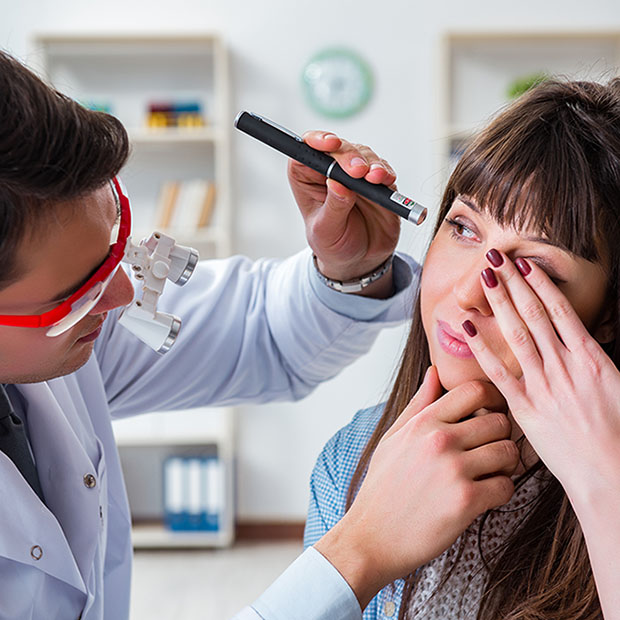Preventing Home Eye Injuries

The home is one of the most common places where eye injuries occur.
Each year, thousands of Americans suffer preventable eye injuries while performing routine household tasks. Understanding the risks and taking simple precautions can help protect your vision and keep your eyes safe.
Common Household Hazards
Many everyday activities pose unexpected risks to your eyes. Cooking splatter, cleaning chemicals, yard work debris, and home improvement projects are frequent culprits. Even seemingly innocent tasks like opening champagne bottles or using power tools without proper protection can result in serious eye trauma. Children face additional risks from toys, furniture corners, and common household items that can cause blunt force injuries.
Essential Prevention Strategies
The single most effective way to prevent home eye injuries is wearing appropriate protective eyewear. Safety glasses should be worn whenever you’re working with chemicals, power tools, or performing tasks that generate debris. Look for glasses marked Z87.1, which meet American National Standards Institute impact resistance requirements.
When using cleaning products, always read labels carefully and ensure adequate ventilation. Never mix chemicals, as this can create dangerous fumes. Point spray nozzles away from your face, and consider using pump sprays instead of aerosols when possible. If you wear contact lenses, remove them before working with chemicals, as they can trap harmful substances against your eye.
For yard work, protective eyewear is crucial. Flying rocks from lawnmowers, wood chips, and even thorns can cause severe damage. Trim branches at a safe distance and be mindful of where debris might fly. When using string trimmers or leaf blowers, goggles provide better coverage than standard safety glasses.
Childproofing for Eye Safety
Parents should take extra measures to protect children’s developing eyes. Install safety gates to prevent falls, use corner guards on furniture, and store hazardous materials in locked cabinets. Supervise children during playtime and teach them never to point toys or sticks at anyone’s face. Consider the trajectory of toys like rubber bands, foam darts, and balls when purchasing them.
What to Do If Injury Occurs
Despite precautions, accidents happen. For chemical splashes, immediately flush the eye with clean water for at least 15 minutes and seek emergency care. Never rub an injured eye, as this can worsen damage. For penetrating injuries or embedded objects, don’t attempt removal — cover the eye loosely and get immediate medical attention.
For minor irritations from dust or debris, allow tears to naturally flush the eye or use sterile saline solution. If discomfort persists beyond a few hours or vision changes occur, contact your optometrist promptly.
Make Safety a Habit
Prevention requires consistent awareness and preparation. Keep a well-stocked first aid kit that includes sterile eyewash solution, and ensure family members know where safety equipment is stored. By making eye protection a non-negotiable part of household tasks, you’re investing in a lifetime of healthy vision.